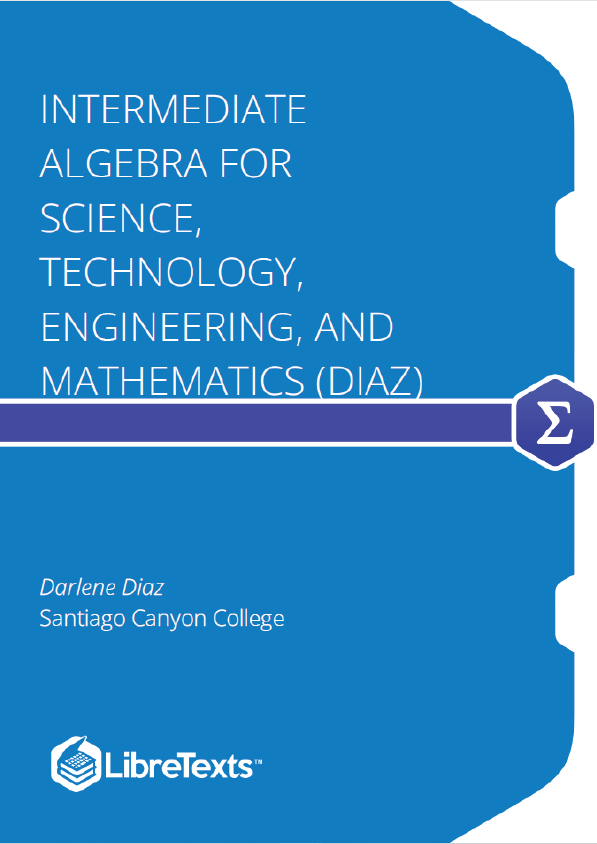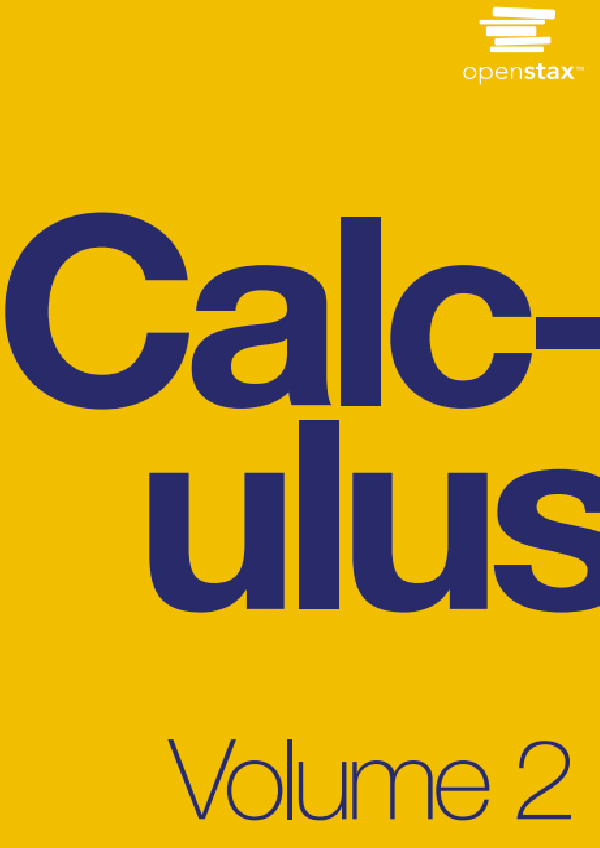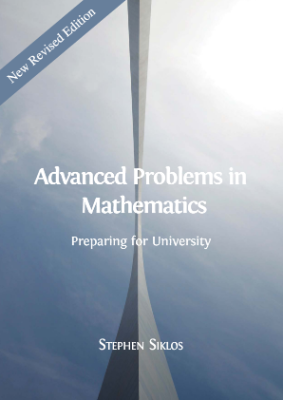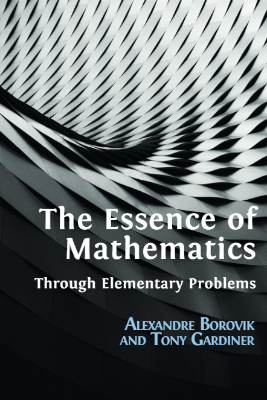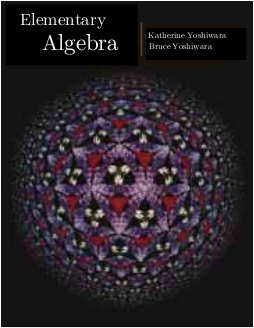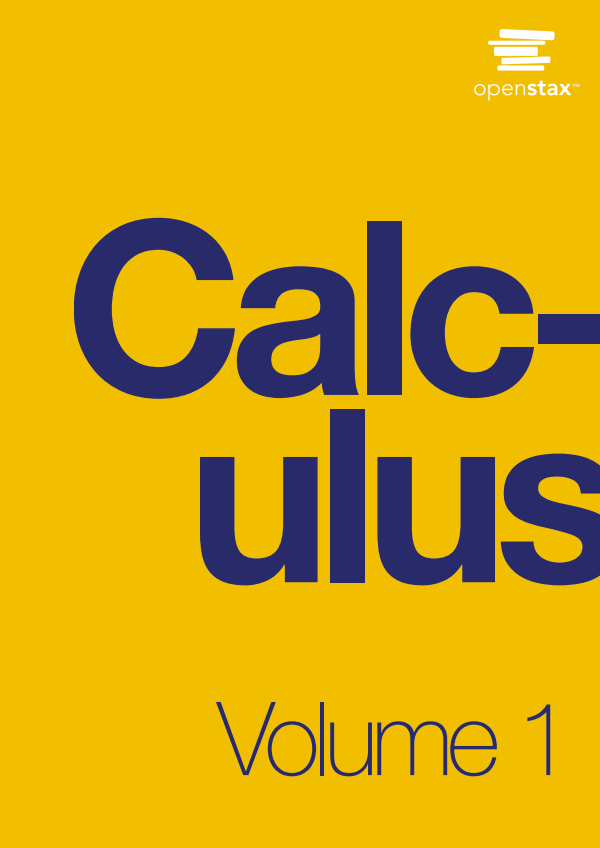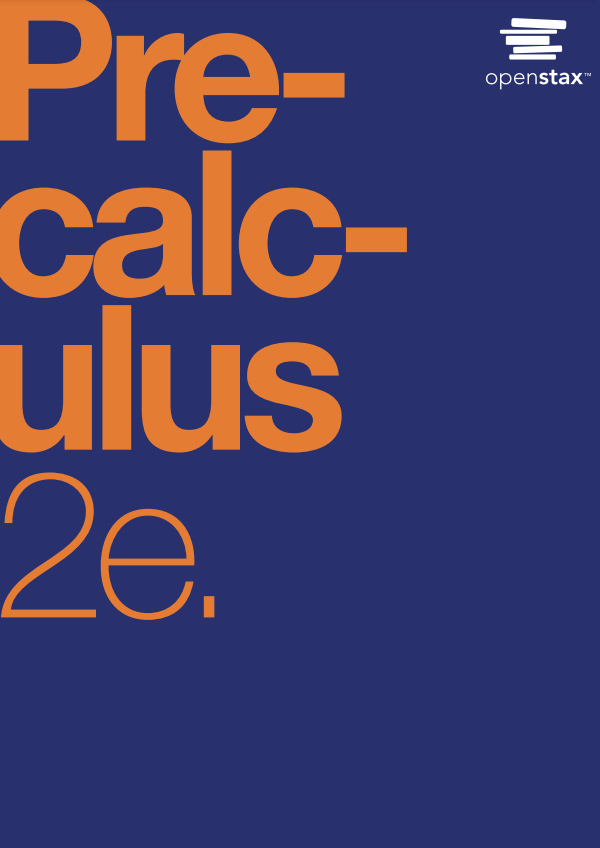The ability to work comfortably with negative numbers is essential for success in algebra. Hence, we discuss adding, subtracting, multiplying and dividing of integers in this section.
Adding Integers
When adding integers we have two cases to consider. Case 1: Adding integers with the same signs, i.e., the addends, the numbers being added, are both positive or both negative. If the signs are the same, we add the numbers and keep the sign.
Case 2.
The signs are different, where one number is positive and one number is negative. We subtract the absolute values of the numbers and then keep the sign from the larger number. This means if the larger number is positive, the answer is positive, or if the larger number is negative, the answer is negative.
To multiply two integers, we multiply as usual and follow the following properties:
- If the two numbers have signs that are the same, both integers are positive or both are negative, then the product is positive.
- If the two numbers have opposite signs, one number is positive and the other is negative, then the product is negative.
For dividing with integers, we follow the same properties as multiplication.
Fractions are a critical part of building a strong algebra foundation. Here, we briefly review reducing, multiplying, dividing, adding, and subtracting fractions.
The earliest known use of fractions comes from the Middle Kingdom of Egypt around 2000 BC.
Fractions should always be reduced. We don’t always say it, but we know we should do it. We reduce fractions by dividing the numerator and denominator by the same number, called a common factor. We divide by common factors until there are no more common factors between the numerator and denominator.
When multiplying, we can reduce our fractions before or after we multiply. We can either reduce with a single fraction or with several fractions, as long as we use one common factor between the numerator and denominator.
When adding and subtracting fractions with the same denominator, add and subtract across numerators and keep the denominator the same. Then simplify, if possible.
